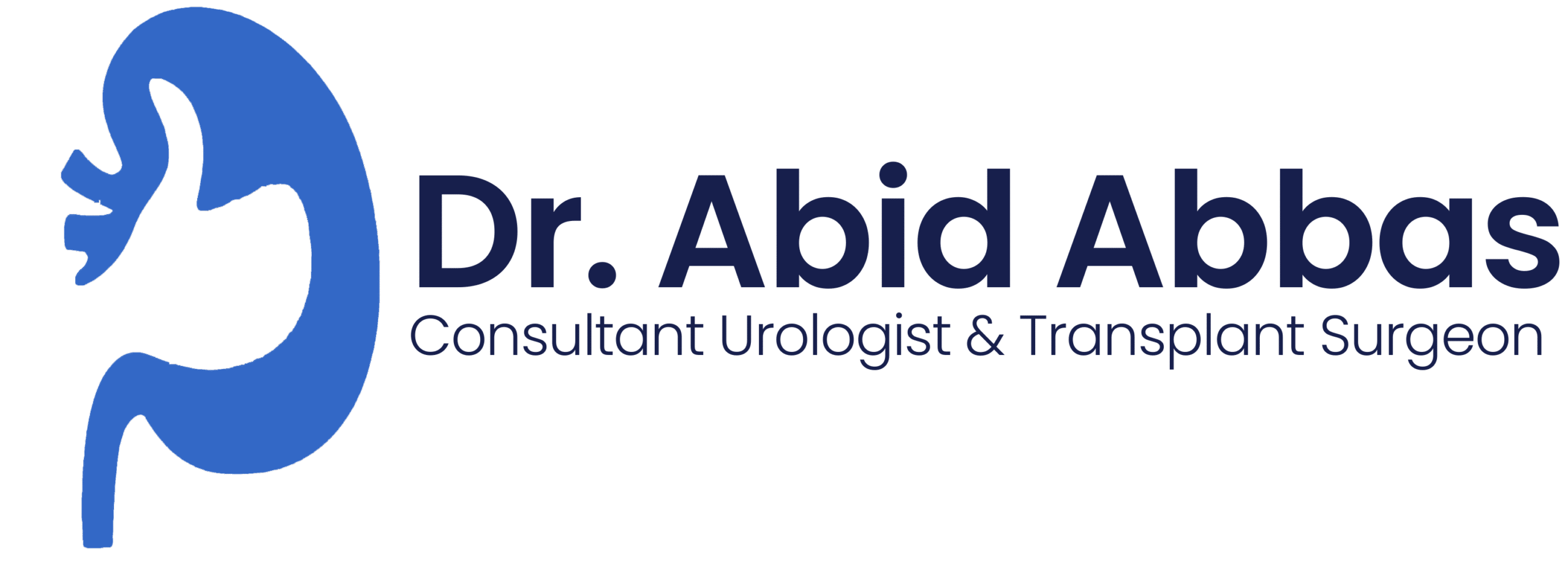Transurethral Resection of the Prostate (TURP): A Comprehensive Guide
TURP is a surgical procedure used to treat urinary problems caused by an enlarged prostate. Unlike open surgery, TURP is performed without external incisions. Instead, a urologist inserts a resectoscope (a thin, lighted tube with a cutting tool) through the urethra to remove excess prostate tissue that’s blocking urine flow.
Why is TURP Performed?
TURP is typically recommended for men with moderate to severe BPH symptoms that haven’t improved with medication or lifestyle changes. Common symptoms that may warrant TURP include:
- Difficulty starting urination
- Weak or interrupted urine stream
- Frequent urination, especially at night (nocturia)
- Inability to fully empty the bladder
- Inability to fully empty the bladder
How is TURP Performed
TURP is a minimally invasive surgery performed under spinal or general anesthesia. Here’s a step-by-step look:

Insertion of a Resectoscope

Tissue Removal:

Catheter Placement:
The entire procedure typically takes 60 to 90 minutes, and most patients stay in the hospital for 1–2 days afterward.
Frequently asked questions
TURP remains one of the most effective treatments for BPH-related urinary obstruction, offering long-lasting relief with a relatively quick recovery. If you’re struggling with prostate enlargement symptoms, consult a urologist to see if TURP is right for you.
Immediate Symptom Relief: Most men experience a significant improvement in urine flow shortly after surgery.
Minimally Invasive: No external cuts, reducing recovery time.
High Success Rate: Over 90% of patients report long-term improvement in symptoms.
Lower Risk of Complications compared to open prostate surgery.
While TURP is generally safe, some possible complications include:
Short-term side effects:
Blood in urine (hematuria) for a few weeks
Painful or frequent urination
Temporary urinary incontinence
Long-term risks (rare):
Retrograde ejaculation (semen flowing backward into the bladder)
Erectile dysfunction (uncommon, but possible)
Need for repeat surgery if prostate regrows
Your urologist will discuss these risks and help determine if TURP is the best option for you.
Hospital Stay: Typically 1–3 days with a catheter in place.
Activity Restrictions: Avoid heavy lifting, strenuous exercise, and sexual activity for 4–6 weeks.
Follow-up Visits: Necessary to monitor healing and urinary function.
Full Recovery: Most men resume normal activities within 4–6 weeks.
